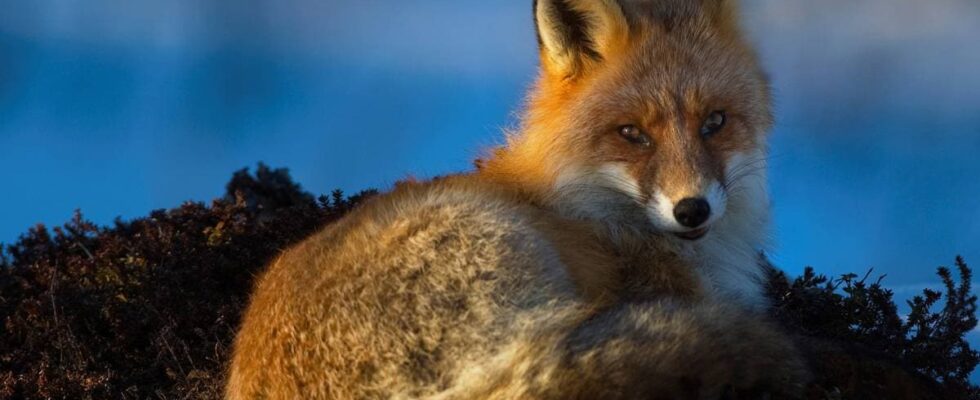Old-fashioned subsistence farming with harvesting from nature as an important part of the livelihood, combined with ignorance of the role and function of predators, provided the basis for the idea of a shot premium. Today, we have a completely different view of nature in terms of benefit/harm problems, and we have a completely different level of knowledge. No naturally occurring species are any longer “pests” in Norwegian mountains and forests. All naturally associated species have a place in the ecosystem. Introducing shot prizes for predators in general is a failed solution to complex issues. In 2021, Dagens Næringsliv investigated how many municipalities paid lump sums, and they found that 90 municipalities did this. Central authorities do not have an overview themselves. Through the legislation, we create attitudes, and the legislation must reflect knowledge. When killing a marten, a bobcat or a nutcracker is made into a good deed to be rewarded, this is an expression of such a negative and destructive view of nature that it is almost unbelievable that the shot prize scheme has survived until now. That these species are simply unwanted “weeds” in nature is a perception that will quickly stick with children and young people. Bounty schemes have no restrictions, and the aim is to kill as many individuals as possible. Several of the species that were previously prized have had a sharp population decline and are now protected. The hubro is an example of such a species. Before, money was given for the eradication of hubbro, today large resources are used to preserve those that remain. When it comes to corvids such as crows and ravens, the populations in Norway are considered stable, and not growing, as many people think. Throughout history, the war against, among other things, crows has flared up after a decline in small game populations. Hunting communities have spent a lot of time and effort on campaigns to reduce crow populations, but this has so far meant a lot of effort to little avail. In the eagerness to find negative aspects of individual species, one forgets the nature they are a part of. Species that eat other animals are also part of nature’s health system since they take out injured and sick individuals, and they also regulate other parts of the ecosystem, for example the small rodents . The discussion about whether selected decimation measures are desired, based on an isolated human perspective on nature and species, is of secondary interest. Today, wild animals are as much an experience resource as a food resource. Therefore, it cannot be right that certain hunting communities should have the opportunity to try to manipulate the species composition and quantity ratio out of self-interest. The majority of nature users, whether they are hikers, berry pickers, bird watchers or nature photographers, must be just as entitled to opinions as hunters in such matters. We remind you of the overarching objective in the Wildlife Act and the Natural Diversity Act: to preserve the most species-rich and varied fauna possible based on knowledge of ecology and the functions of ecosystems. It is important to address the underlying problems in areas where endangered species are largely hunted by predators. We know that low populations of large predators, artificial access to food that increases winter survival, often together with area impacts such as planting forests, can increase populations of food generalists such as foxes and crows in certain areas. It is a paradox that some people who worry about red foxes do not at the same time fight for larger populations of large predators. Cormorants, on the other hand, are eaten by goshawks, golden eagles and buzzards, among others. In this way, good populations of cormorants will be an important food resource throughout the winter, among other things, for the highly endangered hubbro. It is commendable when state and municipal administrations want to take measures for endangered species. However, it is important that these measures are effective, which we believe that shooting premiums on naturally associated species are not. We see that the attitude that some naturally associated species in the fauna are pests can become overriding in management. Especially in municipal administration, where there is often a lack of biological expertise. More effective measures for endangered species are set aside. Many of us have high expectations for the government to deliver a good nature policy, not least after we signed the global nature agreement. The Wildlife Act must be based on knowledge and a holistic view of nature. If not, it will be of little value. One important move is therefore to abolish the scheme with shot prizes. Send us your opinion Want to write? Feel free to contact us at news Ytring with your post. The guidelines can be found here. Published 10/10/2024, at 12.10
ttn-69
Shooting prizes belong to another era – Expression

